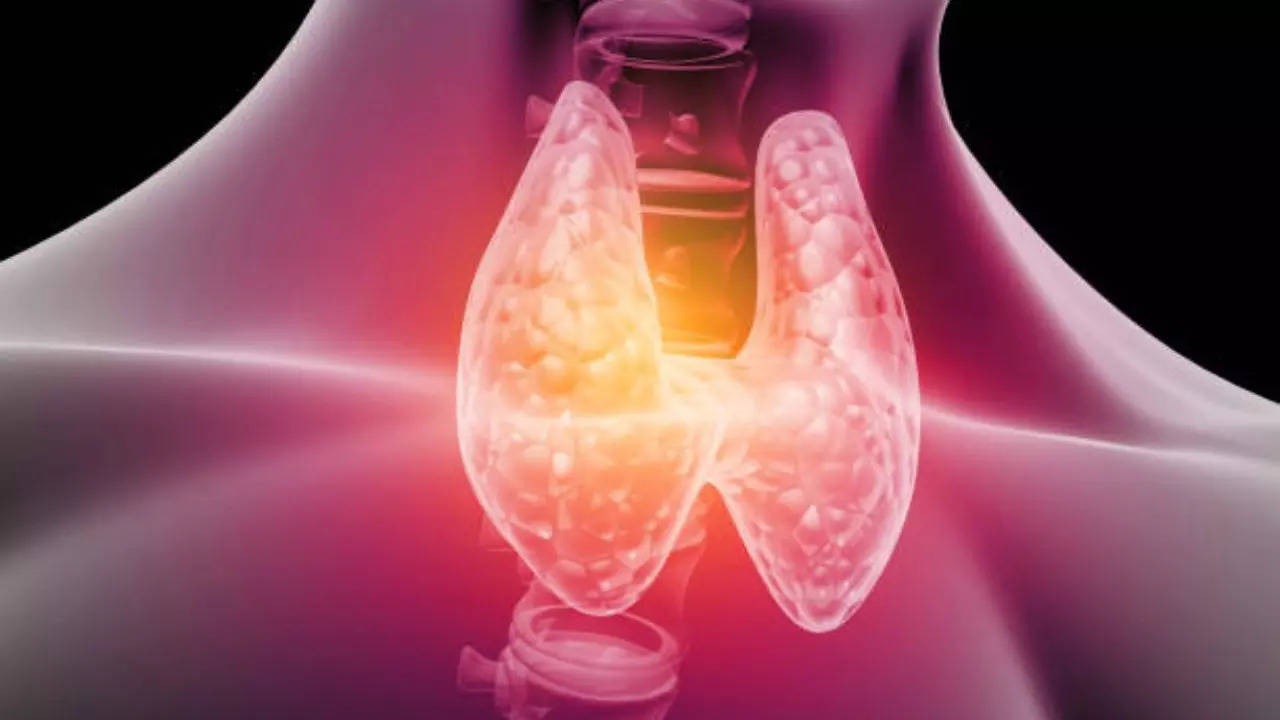
Childbirth is one of the most significant milestones in a woman's life, and ensuring the well-being of both mother and baby is the top priority. The mode of delivery plays a crucial role in this process. While vaginal delivery is the natural and preferred method, a caesarean section (C-section) may be necessary in specific medical situations.
Normal Delivery: The Preferred Option
According to Dr. Shweta Mendiratta, Associate Director of Obstetrics and Gynaecology at Marengo Asia Hospital, vaginal delivery is recommended in most cases unless medical complications arise.
Benefits of Normal Delivery
Faster Recovery – Women who deliver vaginally generally recover more quickly than those who undergo surgery.
Lower Risk of Infection – Since there is no surgical incision, the chances of infection and complications are significantly reduced.
Stronger Immune System for the Baby – Babies born vaginally receive beneficial bacteria from the mother, strengthening their immune system.
However, despite its benefits, some medical conditions may make a C-section necessary to protect the health of both mother and baby.
When Is a C-Section Necessary?
A C-section is a surgical procedure in which an incision is made in the mother's abdomen and uterus to deliver the baby. Dr. Mendiratta explains that a C-section is required in specific medical situations, including:
Foetal Distress – If the baby experiences oxygen deprivation or an abnormal heart rate, a C-section may be needed.
Prolonged Labour – When labour stalls or does not progress, despite medical interventions.
Breech or Transverse Position – If the baby is positioned feet-first (breech) or sideways (transverse), vaginal delivery can be risky.
Placenta Previa – When the placenta covers the cervix, making vaginal birth dangerous.
Multiple Pregnancies – In cases of twins, triplets, or more, a C-section is often advised to prevent complications.
Maternal Health Conditions – Conditions like high blood pressure, diabetes, or infections (such as HIV) may require a C-section for the safety of both mother and baby.
Previous C-Section – Some women may opt for a repeat C-section based on medical history or personal preference.
Which Option Is Best?
According to Dr. Avir Sarkar, Assistant Professor at NIIMS Medical College & Hospital, the choice between normal delivery and C-section depends on the health of both the mother and baby.
Vaginal delivery is generally preferred for its biological benefits and quicker recovery.
C-section is the safer choice when there are maternal or foetal complications.
Ultimately, each method has its own advantages and risks. Expectant mothers should consult their doctor to determine the safest mode of childbirth for their individual situation.
Final Thoughts: Safety First
While vaginal delivery is the natural and preferred method, some pregnancies may require a C-section for the health and safety of both mother and baby.
The best decision is one made with professional medical advice.
Trust your doctor to guide you through a safe delivery.
Whether it’s a normal delivery or a C-section, what truly matters is a healthy mother and a healthy baby!

 Desk
Desk Share
Share






